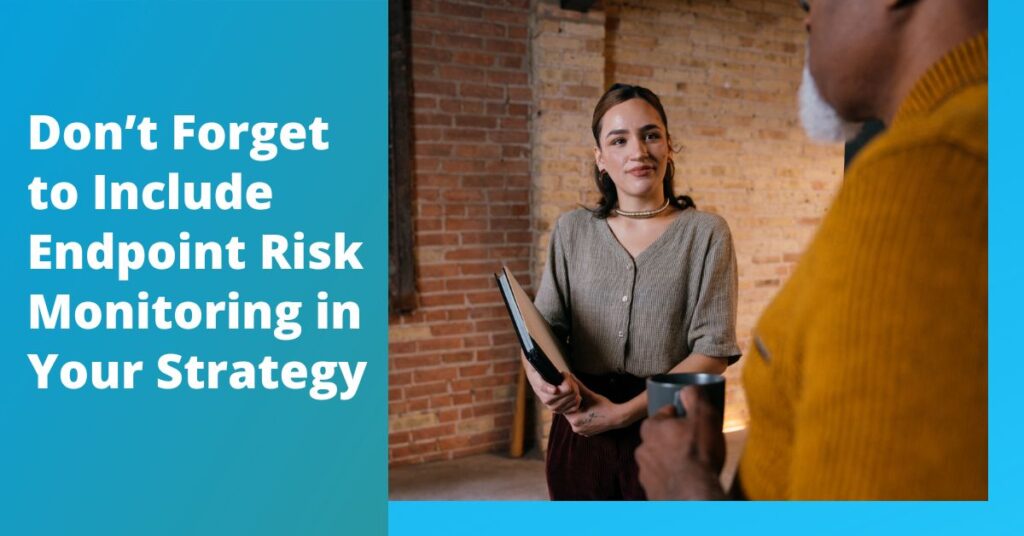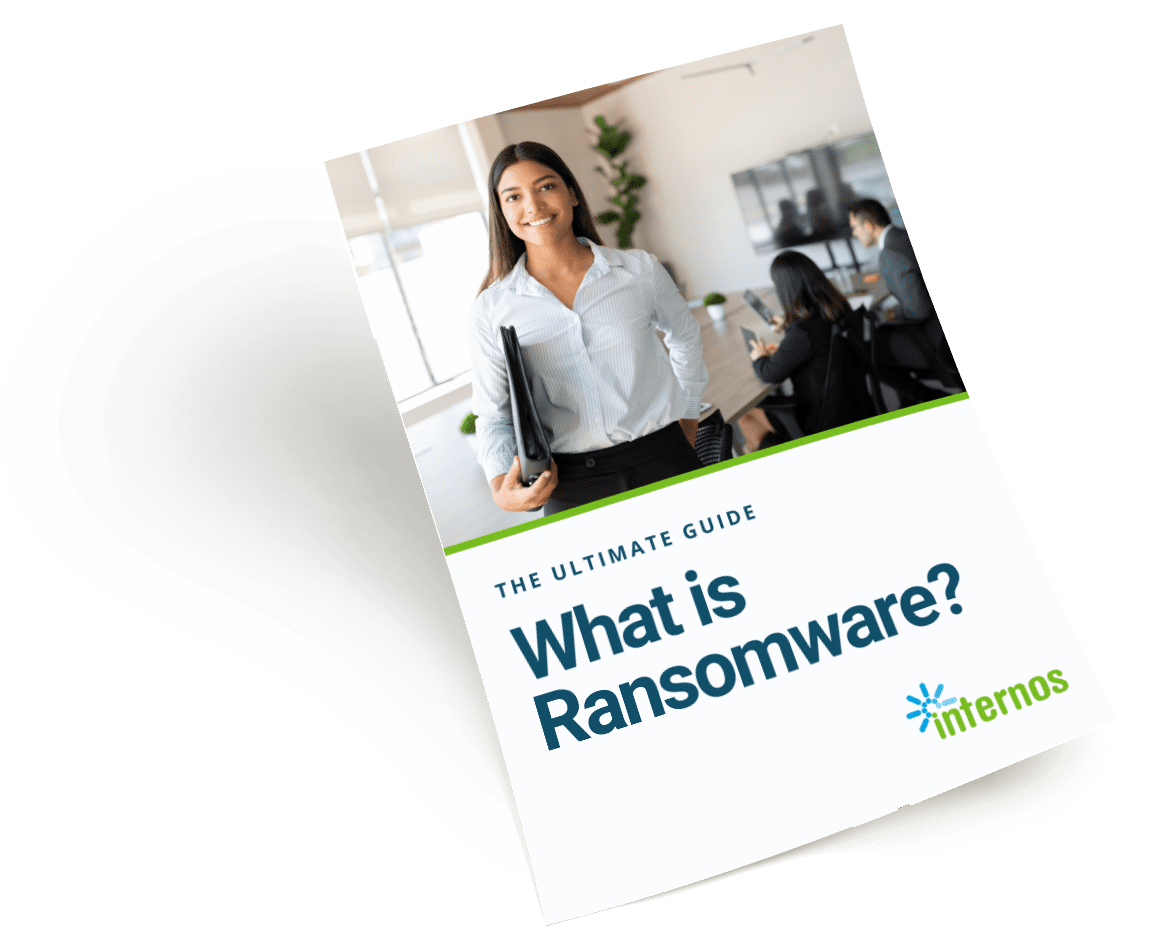
Work doesn’t just happen on desktop computers in the office anymore; it happens on a range of “endpoints” including laptops, smartphones and other devices. Endpoint risk monitoring is an important part of your cybersecurity posture. Ensuring all endpoints are safe and secure might not feel as necessary as ensuring your data is protected. However, it only takes one breached device for a cybercriminal to gain access to your entire network.
The Impact of Cybersecurity Risks
Data breaches do not just happen to large corporations but to all businesses big or small. Any cyberattack can potentially cause financial, reputational and operational consequences such as hefty expenses, loss of customer trust and struggles to regain control. While having strong cybersecurity protocols is important, keep in mind that 82 percent of breaches are a result of human error.
For example if your team member’s computer has a security setting that has potentially been left misconfigured, it can put the entire system at risk. This is why continual endpoint risk monitoring is key to ensuring the cyber safety of your organization.
The Common Mistakes That Increase Security Risks
Whether your organization has a full IT and cybersecurity team or not, common mistakes can cause security vulnerabilities, all of which endpoint risk monitoring can help solve.
One common mistake is not routinely updating software. Outdated systems are ripe with known vulnerabilities. The pop-ups begging you to update your computer or smartphone are not there just to bring you the newest feature. More often than not, updates make your endpoint device much more secure.
Vulnerabilities do not just happen due to missed software updates. Security misconfigurations happen, too. Whatever the cause, attackers are looking for those holes to burrow their way into your organization. Risk monitoring helps find holes so your team or MSP can fix them.
If your cybersecurity protocols lack an anomalous behavior analysis and detection of indicators of attack (IoAs), then your organization may be missing intruders who use legitimate tools to act maliciously on your IT infrastructure.
Lastly, you may not be protecting every endpoint because you think some colleagues don’t regularly access all of your crucial data. Unfortunately, a cybercriminal only needs one device in order to crack into your entire system. Every endpoint, even those not often used, needs to be protected in the same comprehensive way.
Importance of Endpoint Risk Monitoring
By leaving endpoint risk monitoring out of your cybersecurity strategy you take a chance on potential cyberattacks on your business. It is important that security administrators understand the risks faced so they can appropriately enhance your cybersecurity posture. If your risk and network monitoring are done around the clock, you’ll discover vulnerabilities before they become a major issue.
Benefits of Endpoint Risk Monitoring
The benefits of endpoint monitoring range from enhanced protection to more visibility into how protected your company is. With monitoring, you can be assured that:
- Your cybersecurity posture is strengthened.
- You’ll discover vulnerabilities before cybercriminals do.
- Risk will be diminished because vulnerabilities can be addressed immediately.
Implement Endpoint Risk Monitoring Easily
Companies of all sizes should implement endpoint risk monitoring into their IT and cybersecurity strategy. If this is difficult due to the size or bandwidth of your IT department, WatchGuard’s Endpoint Risk Monitoring can help your organization. Schedule a meeting with us to get started on upgrading your company’s security and IT management.

